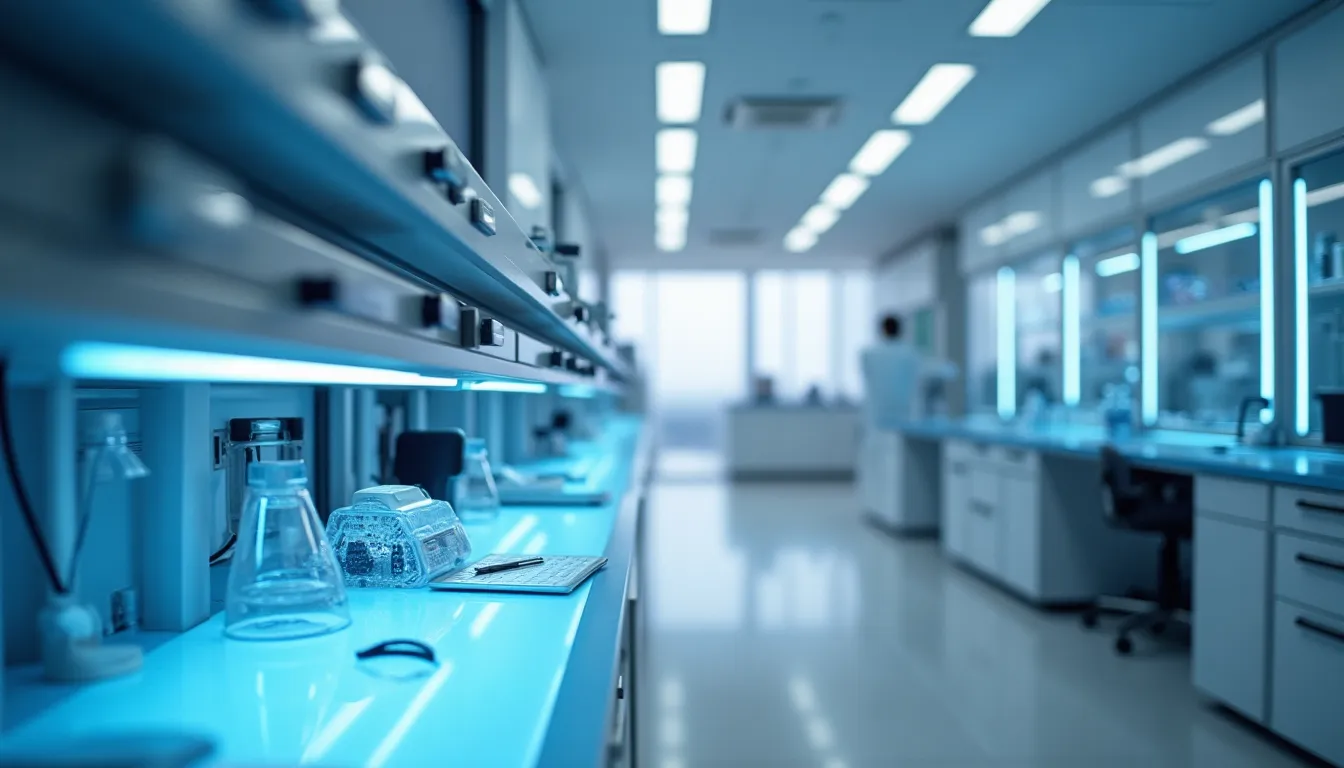As the International Space Station (ISS) approaches the end of its operational life, the private sector is rapidly advancing the development of commercial space stations. This evolution signals a new chapter in human space exploration and research, offering unique opportunities for scientific innovation and economic growth.
The Transition from Government to Private Sector
The ISS has served as a cornerstone for international cooperation in space research since its launch in 1998. However, with the aging infrastructure and increasing maintenance costs, stakeholders are recognizing the need for a sustainable alternative. Private companies such as Axiom Space and Blue Origin are stepping up to fill this gap by developing their own commercial space stations.
According to Dr. Ellen Ochoa, former NASA astronaut and current director of the Johnson Space Center, “The shift towards commercial space stations is not just a necessity; it’s an opportunity to foster innovation. We are on the brink of a commercial space era that will democratize access to low Earth orbit (LEO).”
Advantages of Commercial Space Stations
Commercial space stations promise several advantages over their governmental counterparts. For one, they can be designed with specific purposes in mind, catering to various industries such as pharmaceuticals, materials science, and technology development. These specialized stations can leverage advanced thermal management systems to maintain optimal conditions for sensitive experiments.
Moreover, the competition among private entities is likely to drive down costs, making space more accessible for research and commercial activities. This could lead to a surge in scientific research conducted in microgravity, which has been shown to yield novel results unattainable on Earth.
Technical Innovations in Space Station Design
To optimize operations and ensure reliability, upcoming commercial space stations will incorporate cutting-edge technologies. High-precision advanced control systems will play a crucial role in managing the various functions of these stations, from life support to robotics. These systems are essential for ensuring that the stations can operate autonomously and efficiently, even in the harsh environment of space.
For instance, Axiom Space’s planned station will feature modular designs that allow for easy expansion and reconfiguration based on mission needs. This flexibility is vital for accommodating the diverse range of activities that will take place in commercial space stations, from scientific experiments to space tourism.
The Role of Satellite Communication
As commercial space stations develop, robust satellite communication infrastructures will be necessary to support operations. High-capacity satellite-communication systems will enable real-time data transmission and command control, ensuring that researchers and operators can maintain constant contact with their ground teams. This connectivity will be critical for managing experiments and ensuring the safety of personnel aboard the stations.
Future Implications and Opportunities
The establishment of commercial space stations will likely unlock a new realm of opportunities for international collaboration in space exploration. As private entities take the lead in developing these stations, we can expect increased participation from countries that previously lacked the resources for independent space programs. This could lead to a more diversified global space community.
Dr. John Logsdon, a prominent space policy expert, remarked, “The entry of commercial players into the space station market is a game-changer. It opens the door for countries and institutions that want to conduct research in space but lack the infrastructure to do so.”
Conclusion: A New Frontier in Space
The transition to commercial space stations represents a significant shift in how humanity engages with space. With innovative designs and advanced technological integration, these stations promise to enhance scientific discovery and spur economic growth. As the ISS reaches the end of its life, the future of space exploration looks brighter than ever, driven by the energy and creativity of the private sector. The next decade will be pivotal in determining how these developments unfold, and the world will be watching closely.
In this new era, the potential for breakthroughs in science and technology is limitless, and the possibilities for human endeavors in space are just beginning to be imagined.



